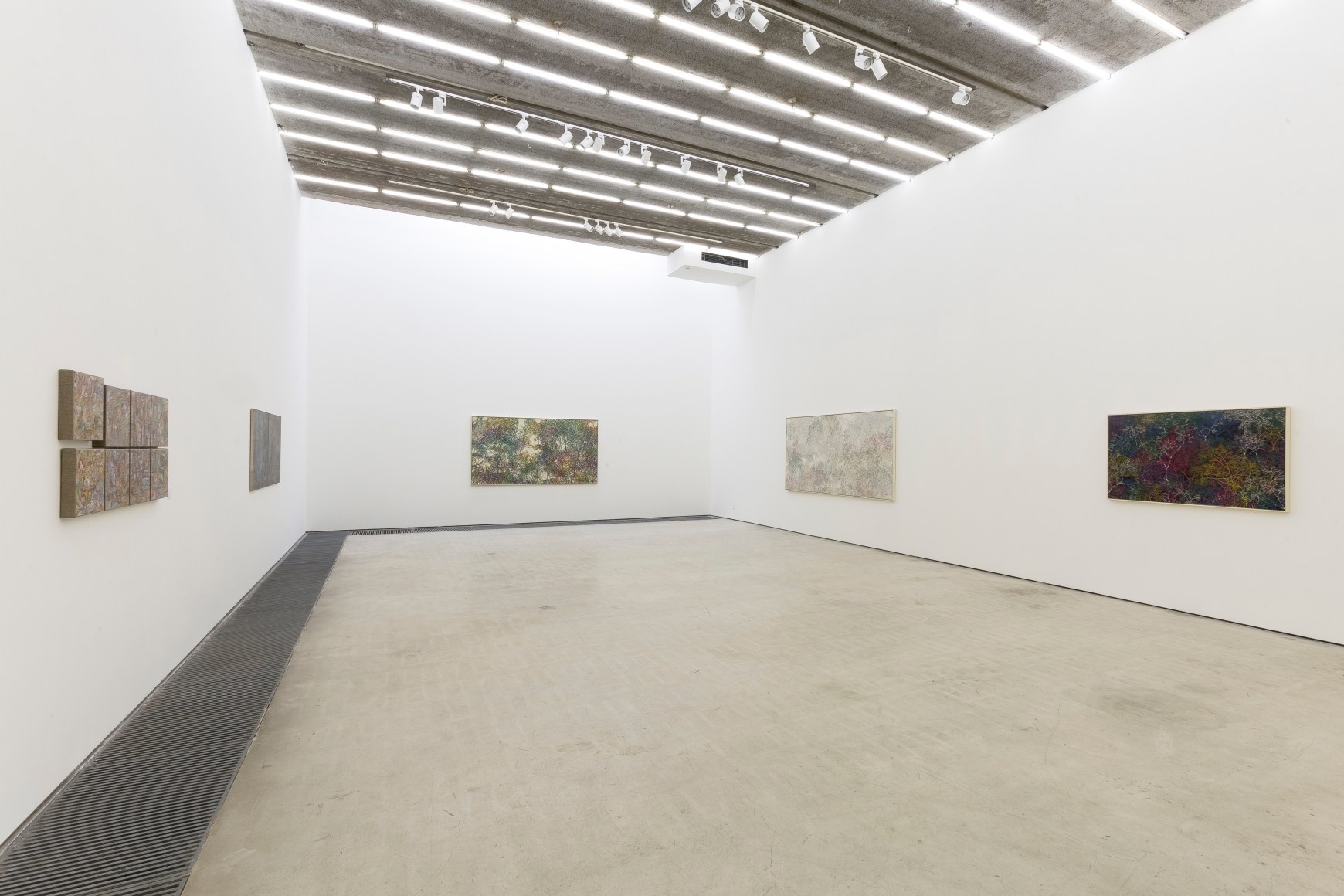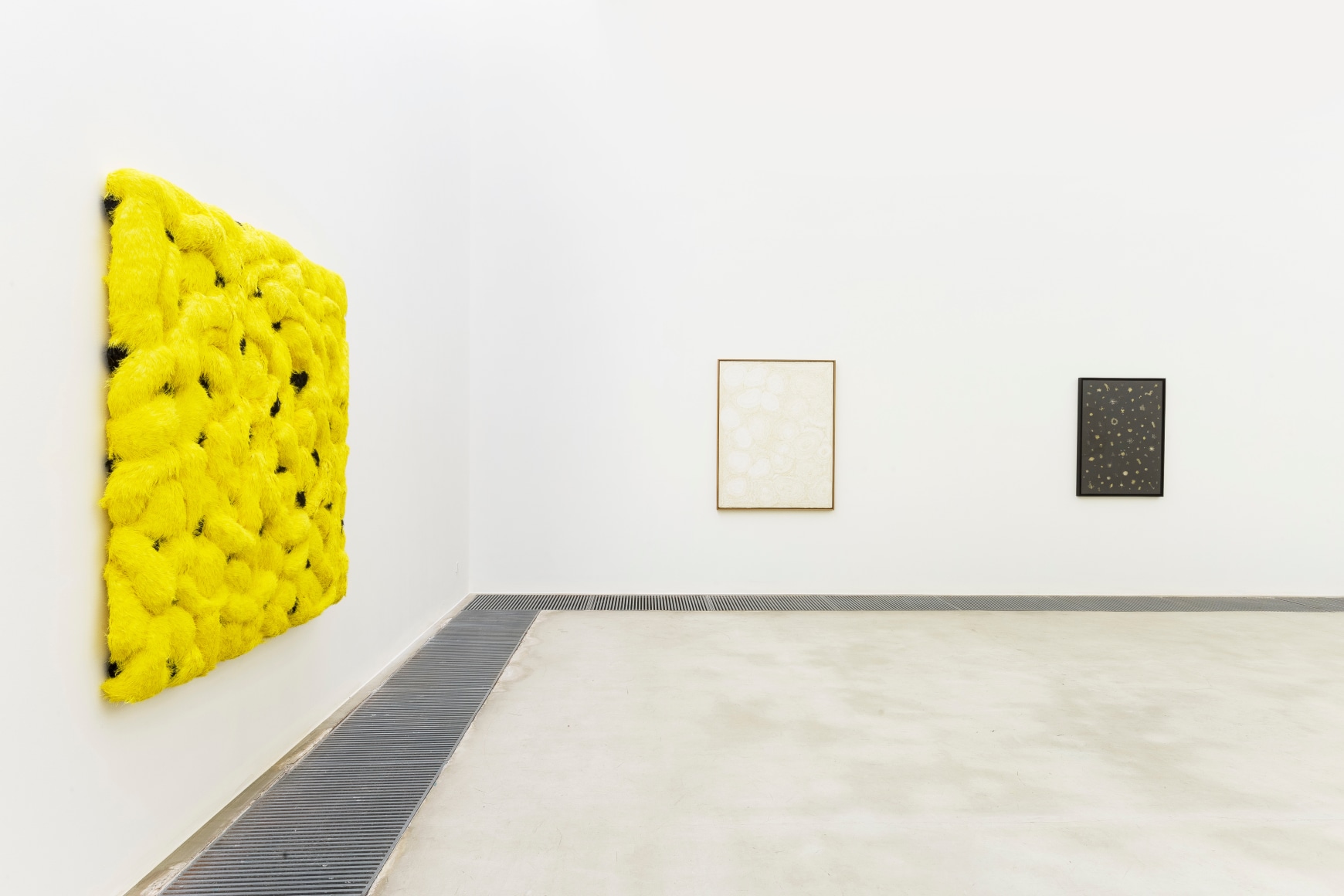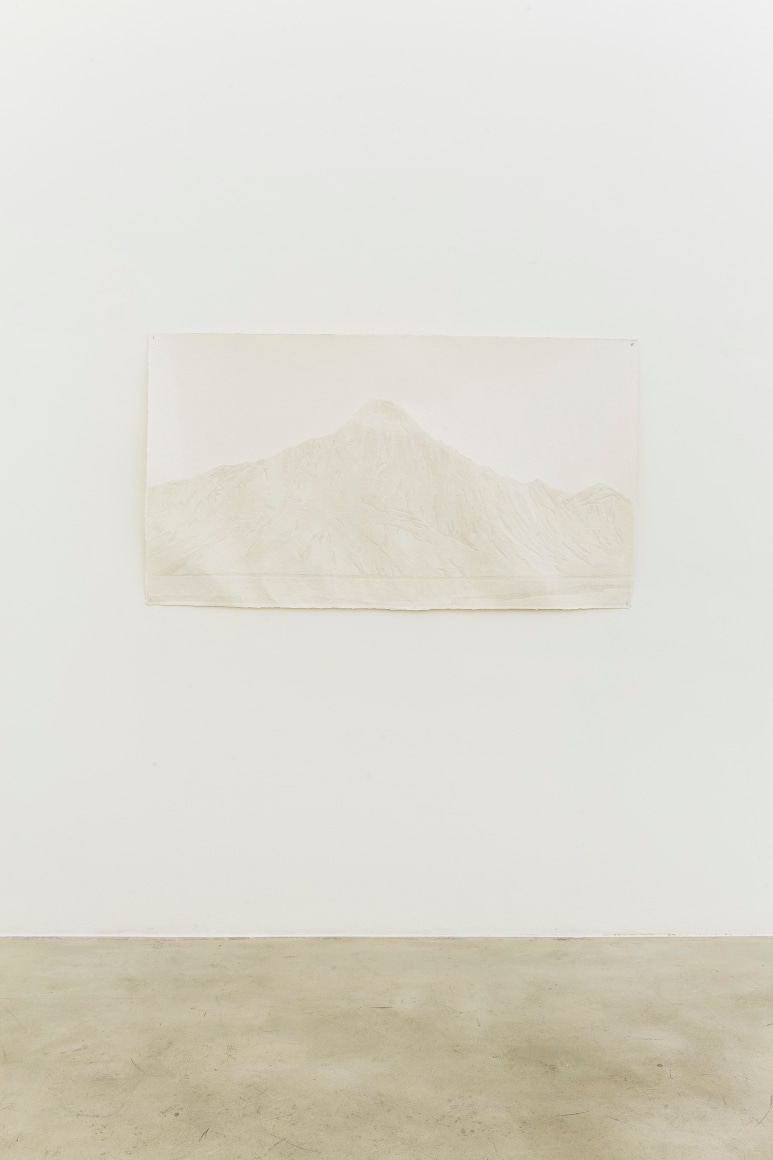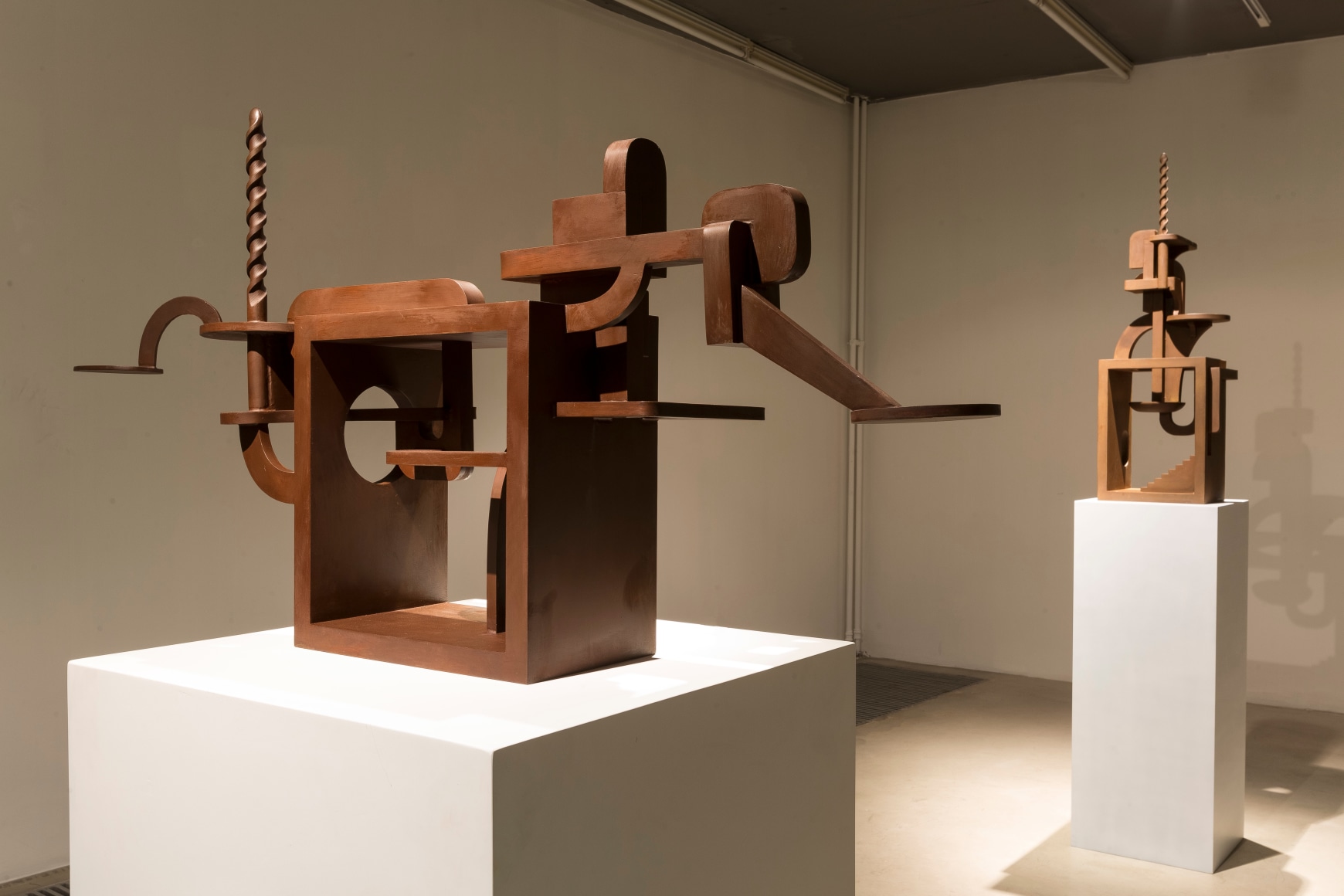Chambers Fine Art is proud to announce young artists group show Meditation, which opens on November 26th at our Beijing gallery. Five artists are presented in the exhibition: Chen Siping, Dong Yuan, Fu Xiaotong, Lao Tongli, and Wu Wei. With the recent decades of economic growth in China, artists have had to respond to a rapidly changing environment. Surviving the stress and anxiety in this environment, all the while resisting external temptations, has created pitfalls for young Chinese artists, threatening to limit their creativity. Artists are trying find novel ways to move forward; yet, in today’s globalized world, it is challenging to be unique. Moreover, it is very difficult for artists to surpass previous masters in technical skill. Thus, the theme or concept behind the art has become an essential element to foster a breakthrough in creation.
As a result, often the focus of today’s exhibitions is on the social, cultural and historical background of artworks. This provides a comprehensive view, and it also places the work within the historical development of an era. However, for this show, we have chosen a different approach. The young artists presented in our show take their inspiration from their own unique personalities, interests, and daily experiences. What connects them is their working process, a state of meditation or “dreaming” that can be seen as a counter-balance to the anxiety in today’s reality.
Meditation, whether for religious or spiritual purposes, or as a method of relaxation, requires one to focus the mind for a period of time. It is through this focusing, or ‘clearing’ of the mind, that one can create a space that provides stability, and a connection to their true self. For French-American artist Louise Bourgeois, making art was akin to meditation – it was a way to cope with emotion – a tool to keep her sanity in an uncertain world. Indeed, art-making can serve as a means of self-connection, and for certain artists, a way to harness true self-expression.
The artists presented in this exhibition seem to effortlessly, and in some cases purposefully, tap into this state of meditative calm in order to create their art. Their ability to do so is remarkable, given that this is a group of relatively young artists who have grown up experiencing the frenetic, fast-paced changes that have characterized contemporary China. Their works, each with an inherent meticulousness of its own, demand the audience themselves to slow down, to examine from alternate angles, and appreciate over time the individual processes by which these pieces came into being.
Chen Siping’s minimalist architectural forms resemble miniature, industrial cityscapes that are at once stark and elegant. Reminiscent of more agile, less rigid interpretations of Constructivist structures, Chen’s use space creates a balance that reveals architectural elements – a set of stairs, a delicately curved arch – as one makes their way around the piece. The artist’s keen sense for spatial relationships is evident in his work, to the point where the empty space itself becomes an important component of his work.
Dong Yuan’s compositions, by contrast, are devoid of space, and instead filled with a sea of overlapping colors. Upon closer inspection, it is in fact creatures and characters of all kinds populate her canvases, some in human form, others resembling animals or monsters, and all of them with cartoonish sets of eyes staring every which way. It is impossible not to become enveloped by her compositions. Dong Yuan provides the most direct references contemporary society, with her depictions of Chairman Mao on the 100 renminbi note, himself unknowingly comprised of a writhing mass of creatures, representing the greed-obsessed, ‘awful side of human nature’.
Fu Xiaotong uses a needle to perforate sheets of hand-made xuan paper until landscape images emerge from her carefully orchestrated excavation of the surface of the paper. Working with extreme precision, her creation process becomes akin to meditation, with each repeated movement allowing her to enter a state of pure self-expression.
Lao Tongli works with a traditional Chinese brush, creating webs of overlapping colored lines, immediately bringing to mind natural root systems, blood vessels, or corals, that seem to extend infinitely. Extremely labor-intensive, the artist views his work in part as an exercise in patience, and actively tries to “enjoy the physical labor” involved with his creation process. Mindful of the spiritual connotations in his meditative approach to painting, Lao Tongli tries to “find freedom and nirvana” through his work.
Li Xuwei takes pre-prepared canvases and then uses a burin, or small engraving knife, to etch small lines into the surface. The tiny etches coalesce into undulating mountainous forms, composed of viscous swirls and waves, creating a sense of constant movement. An alternate series of work reveals an elegant and overlapping set of kinetic elliptical swirls, almost Twombly-esque at first glance. Upon closer examination these seemingly fluid strokes are in fact made up of Li’s tiny, etched lines.
Wu Wei presents a diverse set of works, each meticulously executed in its own way. In one, what appears to be a cross-section of magnified cell structures radiate outward, the circular forms becoming intertwined as they ‘grow’ into one another. Wu’s Golden Bodies, according to the artist, ‘signifies the pursuit of Nirvana in Buddhism’. To create this piece, the artist began by tracing the curved outlines of human and animal hairs onto paper, and then applying pigments made of gold powder to the outlines, thereby enlarging each silhouette. After repeating this process over and over, the curved golden lines meld into and on top of one another, creating a delicate, 3-dimensional abstract form.




